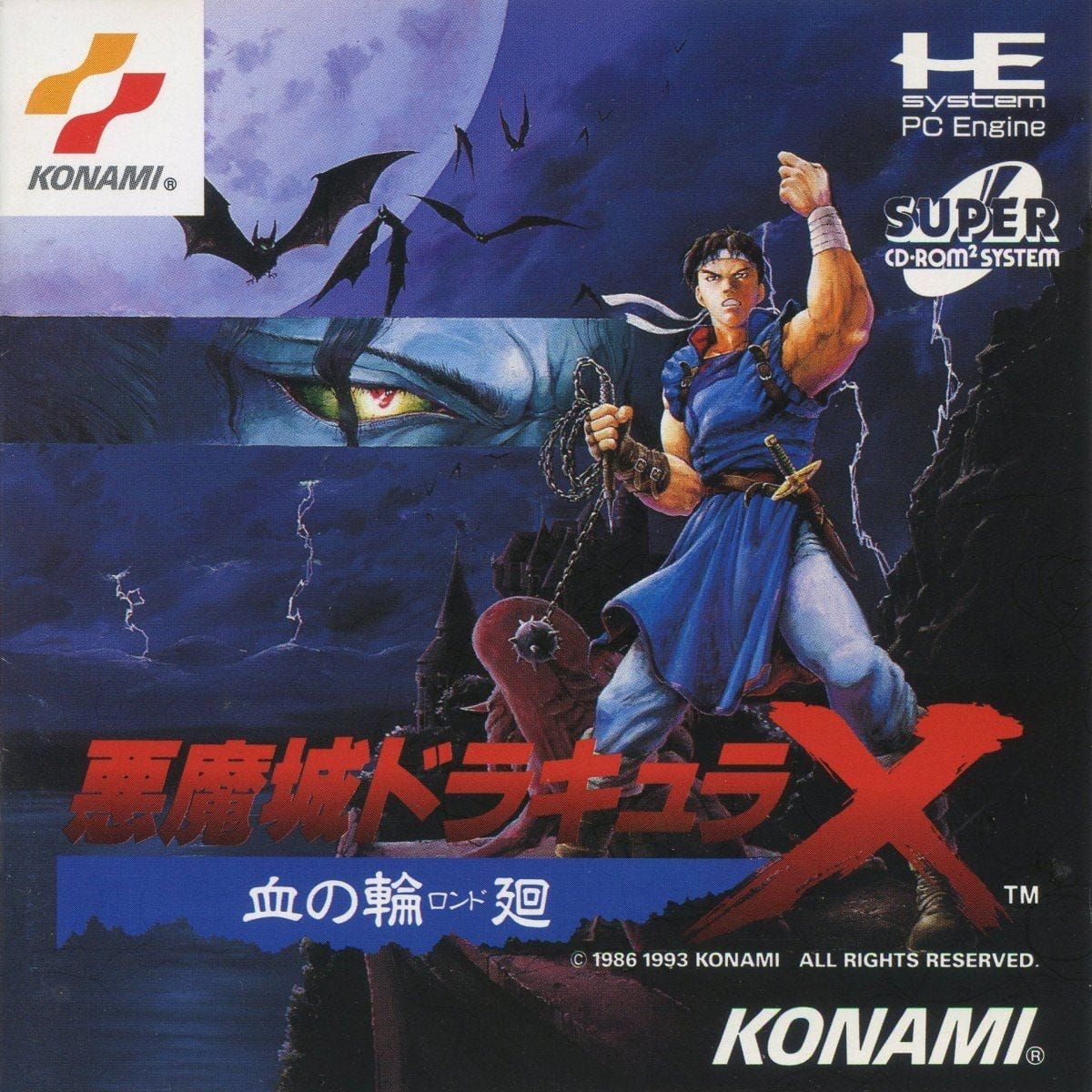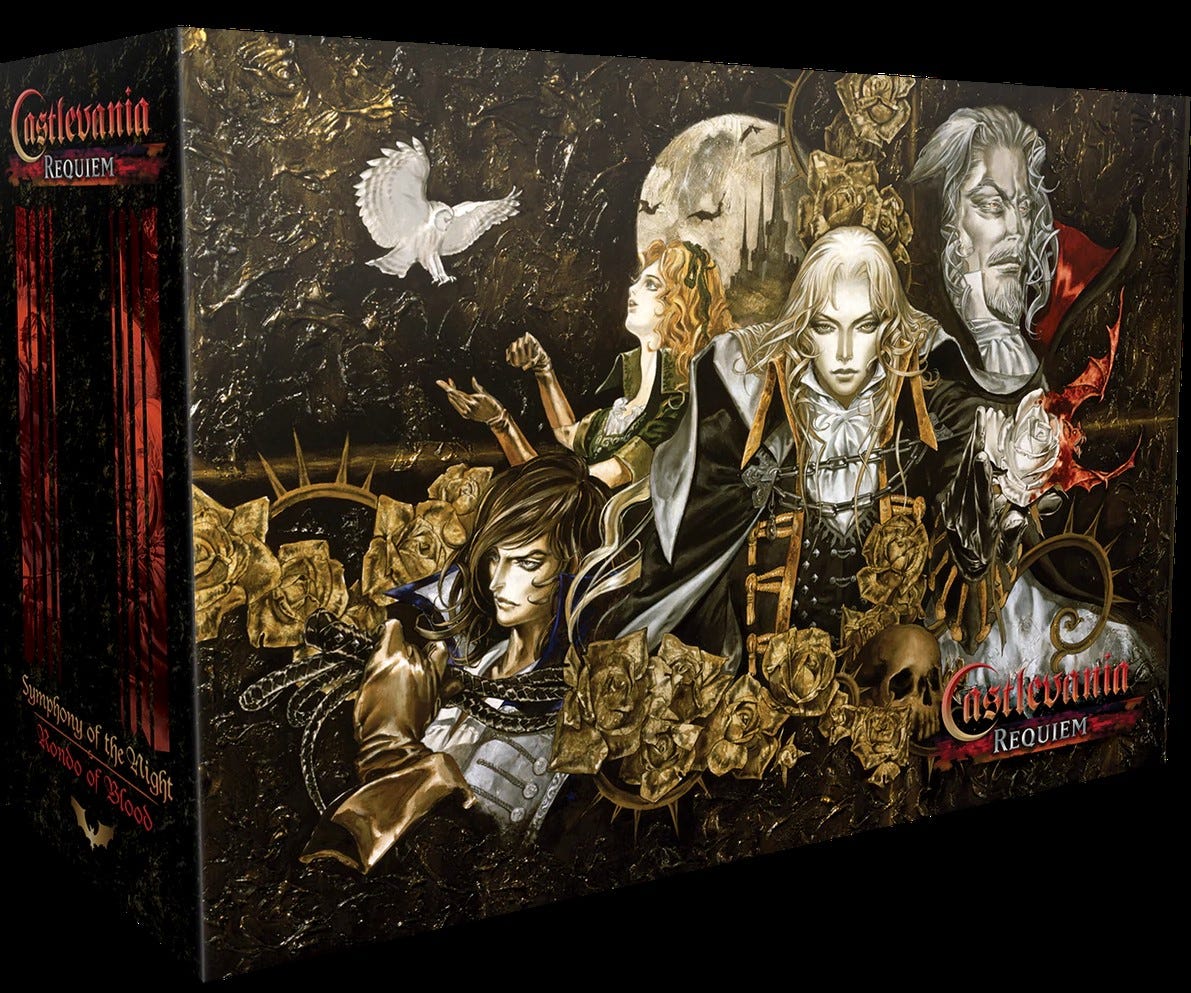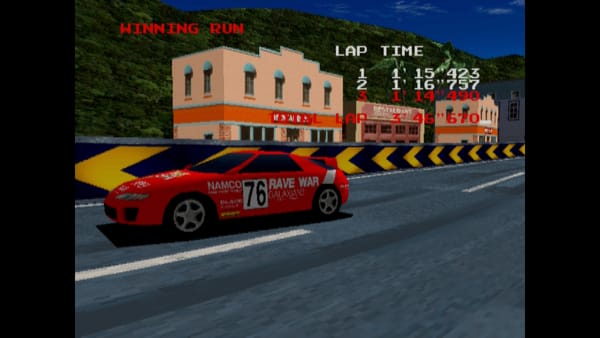Daily Dracula X - Introduction to Dracula X: Rondo Of Blood
What's so great about this game?

Demon Castle Dracula X: Rondo of Blood is a low-key legend. A major entry in the formative Castlevania (originally Dracula) series, the direct prequel to one of the most influential and beloved games ever made, important enough for its hero to appear in Smash Brothers and get his own series on Netflix. But for various reasons, not a lot of people have had the chance to actually play it.

In this series, players take the role of a descendant of a vampire hunting bloodline (the Belmonts) as they traverse Dracula’s trap-laden castle, battle monsters from all over mythology and horror, and ultimately defeat the vampire himself in single combat. In the story and in a long string of video game releases, Dracula’s defeat and inevitable resurrection form a generational cycle.
For players in the West in particular, Rondo of Blood has a bit of mystique around it. It’s a major title in the series that never left its native Japan, due to its release late in the life of a prohibitively expensive console that was only popular in that country: the PC Engine CD-ROM^2. 1
The original game2 wasn’t officially made available in English until many years after its 1993 release3, so Rondo of Blood has always been highly sought-after by collectors4 and hyped up by fans— perhaps excessively— as a rare gem. If you want to play it, you have historically had to really go out of your way to do so.

Rondo Of Blood is also the direct prequel to Castlevania: Symphony of the Night5, a groundbreaking masterpiece that defined the “metroidvania”6 subgenre, a type of action game that fuses exploration of a vast area with the character growth of an RPG.
Symphony’s impact on the series was so great that the Castlevania series changed more or less permanently into an exploration-centric action/RPG series. Rondo had a hand in that change as well.
A landmark transitional game, Rondo Of Blood both represents the classic Castlevania form in its prime— traditional straight-line action games about slowly traversing tricky obstacle courses and defeating powerful bosses in patient battles of attrition— and, through some key twists on the formula, begins the movement towards exploration that is fully realized in Symphony.
Because “Dracula X Daily” came to my mind when I first heard about Dracula Daily, I am for some reason writing a daily newsletter covering each individual stage of this sometimes-grueling journey in great detail, including screenshots and videos.
I hope you enjoy it.
Format
I will be playing the 2018 PlayStation 4 release of Rondo of Blood, part of the Castlevania Requiem collection.7 I’m using the release’s scanline filter to simulate the look of an old TV, a move meant to preserve the intent of the original pixel art.8 To see more for yourself, look up CRTPixels on Twitter.
Playing Rondo of Blood in 2022

If you’re interested in playing Dracula X: Rondo of Blood for yourself, the only current-generation release is Requiem, which is unfortunately exclusive to the PS4. Though there is a bit of input lag inherent to modern equipment, it’s still quite playable. In service to the game’s original intended trial-and-error flow, Requiem does not have save states, forcing players to clear each stage in three or four tries or otherwise start from the beginning.
I have used Requiem exclusively for my play-through. Though I played and replayed to get a relatively clean play-through, these videos are not meant to be super-plays or speed-runs. Documenting the game like this already took two months, and there are plenty of perfectly played videos out there. The videos are unedited; you’ll see me play sloppy from time to time and die quite a bit. I wanted it to be authentic to the experience in that sense, but I also had to make sure you didn’t watch me die too many times.
Going further back, PSP owners have Dracula X Chronicles, a remake in which you can unlock both original Dracula X games. The game was also available on Wii Virtual Console, in its original Japanese.
All that being said, emulating the game is, ahem, not difficult. The game presents no language barrier, outside of story dialogue so basic that you could probably guess it yourself. Any comments or questions on the subject of finding emulators or ROM images will be deleted without being read.
Tomorrow on Daily Dracula X, we’ll watch the game’s unusually dark and traumatic opening animation and talk about just how unusual it was for a major video game in the year 1993. See you then, vampire killers!
The PC Engine was sold in the US as the Turbo Grafx 16, and trailed a distant third place in the market behind Nintendo and Sega. A lack of big-name titles and the prohibitively expensive CD add-on doomed the console to bargain-bin obscurity in its lifetime.
By the time Dracula X was released in Japan, the Turbo Grafx was in its death throes in the States. Also, in 1993, the game’s blood, nudity, and religious imagery— while tame today— probably would have necessitated major content cuts to release it outside of Japan.
CD-ROM^2 is pronounced “Romrom” as it is “ROM” squared. ↩
Castlevania: Dracula X for the Super Nintendo is a scaled-down remix, using many of the same characters and enemies. Though not a bad game, not the same game at all. ↩
The first and, for a long time, only official English release of the original Rondo of Blood was as an unlockable extra in a PSP remake of the game back in 2008. The PS4 version uses this as a basis. ↩
Original copies of Rondo of Blood still command from $150-300 online today. Rarer still is the Japanese version of Castlevania: Bloodlines (titled Vampire Killer), which goes for $300 to $1000. ↩
Original title Dracula X: Nocturne In The Moonlight. ↩
I hate this word ↩
This release is technically titled Castlevania: Rondo Of Blood, but that ruins the whole bit. Please, leave me my bit; I’ve got nothing else in the world. ↩
In the old days, pixel artists designed their art to be viewed on the TVs of the time, which by necessity displayed a somewhat blurred and blended image. What on modern displays looks like blocky fuzz looks clean on an older TV. For a famous example, see the character portraits in Final Fantasy VII. ↩



